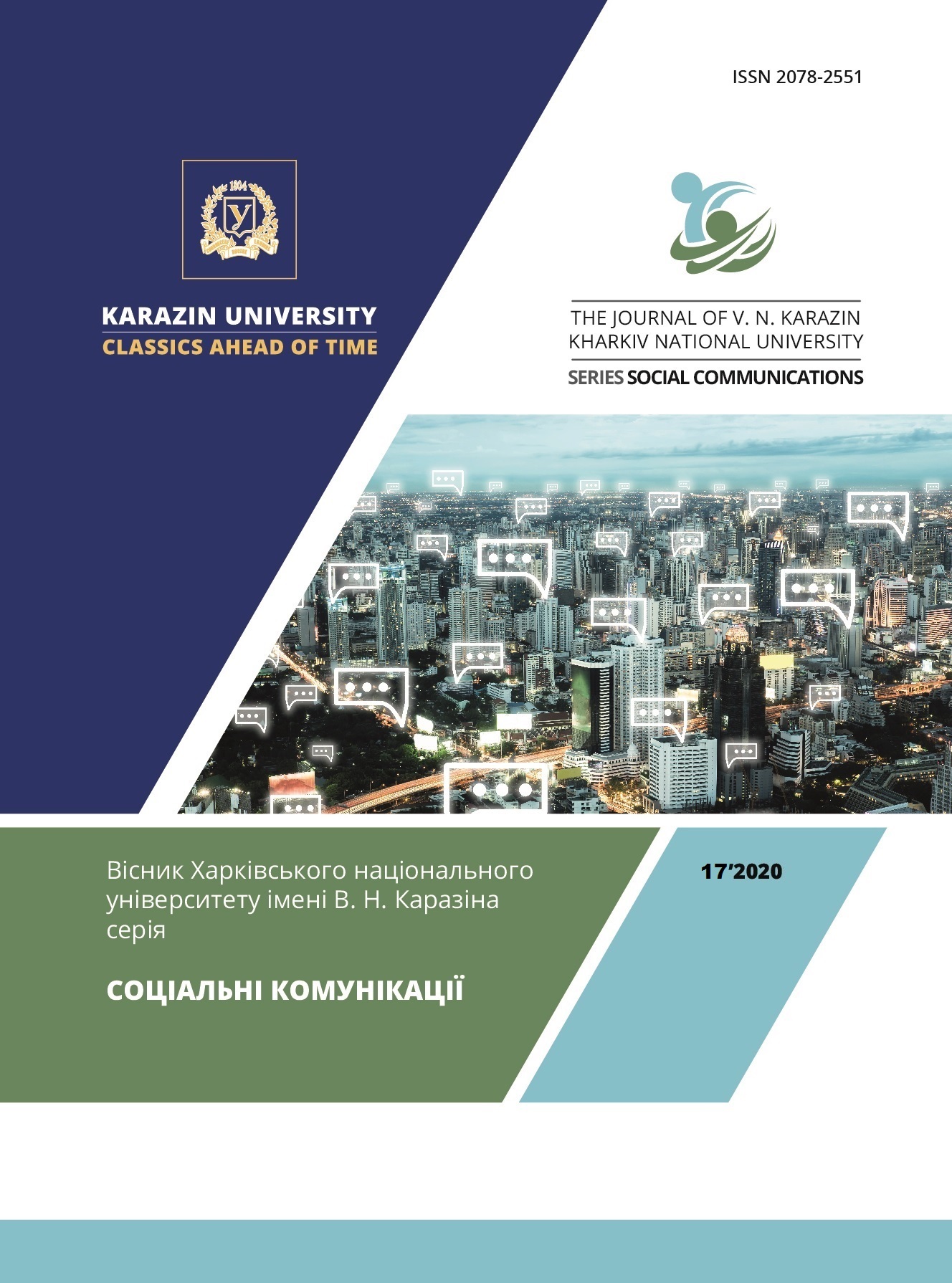Latin Language in Media Space Everyday Life
Abstract
The article is devoted to defining possibilities of Latin language usage in media space and everyday life. The functioning of Latin in Ukrainan- and English-speaking media space is compared in the paper. The presence of Latin expressions in the media is examined as well as interpretation in the mass media the terms borrowed from Latin language by defining their etymology. Attention is drawn to the usage of abbreviations in social networks, media and everyday life; Latin slogans of different institutions, i. e. universities, public organizations, enterprises etc., are considered. In the daily life context Latin expressions are addressed in variants of tattoos, names of products etc.; exploitation of Latin names in branding and naming is emphasized; evidences of Latin language usage in culture are considered, in particular names of movies and television series, creative groups and associations, Latin language as language of characters in cinematography and literature. The usage of Latin language for the purpose of historical accuracy and for professional or social background determination of characters is differentiated with an agenda to draw public attention to the title of a piece of art. Particular attention in the article is given to so-called «living Latin», which denotes translation of modern and classical fiction texts into Latin language and development of oral speech skills while studying Latin. Another aspect of consideration is the Latin as an official language of the Vatican. The paper analyzes podcasts and radio programmes broadcasted in Latin, the Latin version of Wikipedia, etc. Authors discuss Latin as a language of education and science, in particular its use in medicine, pharmaceutics, law, philosophy and other professional fields. Integration of Latin in social networks and various digital platforms in order to exchange experiences between educators and provide the latest methods for distributing educational content is emphasized. The review and systematization of options for Latin usage in media space and everyday life allows describing it as a universal tool for globalization of the linguistic picture of the world, considering current state and future perspectives of the intellectual and cultural level of society. The article distinguishes the new functions of Latin language in XXIst century such as those which determine its ability to be an indicator / marker for media’s quality rate; segmentation of audience by the parameter of education standard; creating the effect of cultural and intellectual game.




